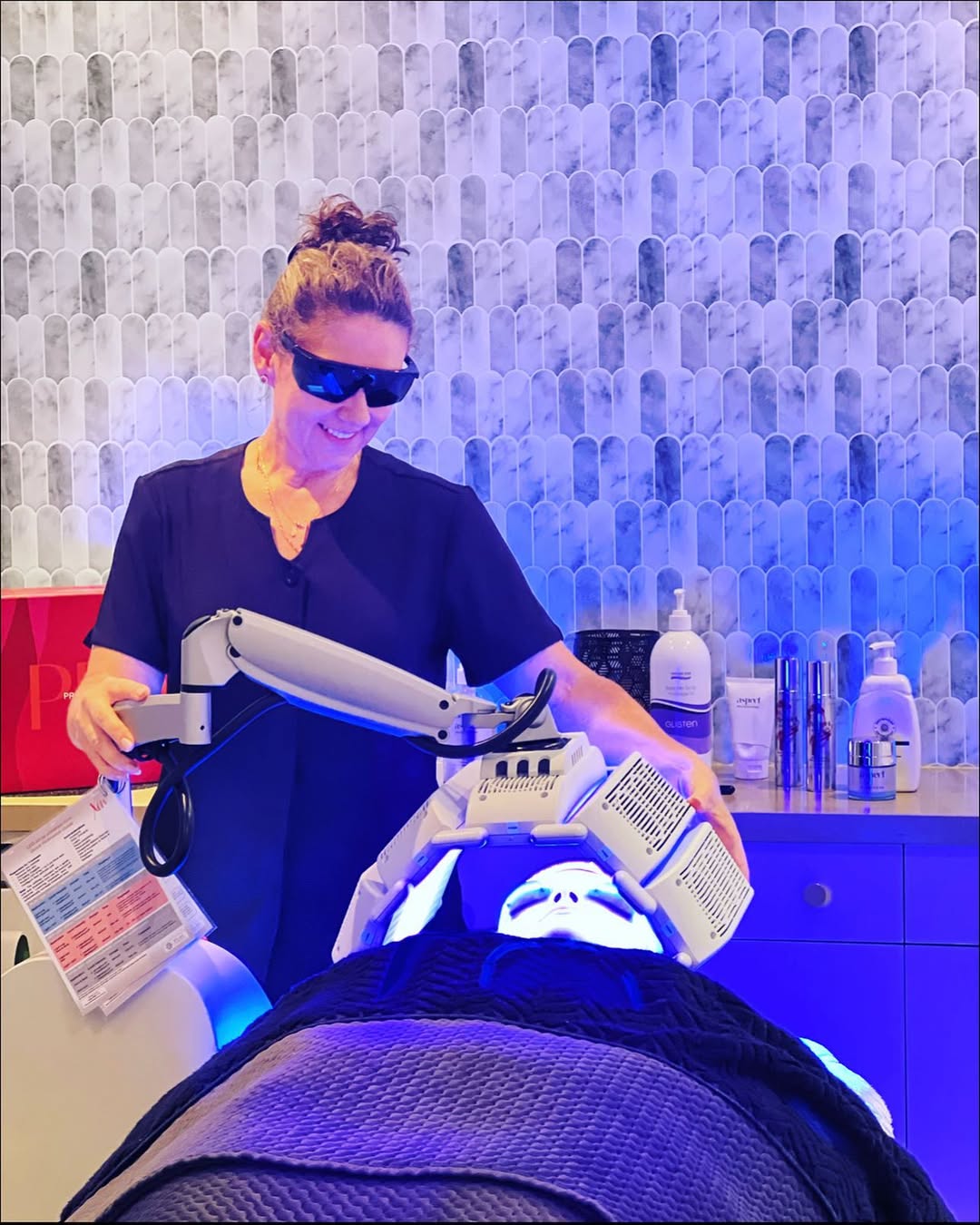Discover The Best Red Light Therapy Mechanism Of Action

Red light therapy is a popular treatment method that uses low-level red lights to stimulate the natural healing processes of the body. This therapy has been used for a variety of health and wellness benefits, such as reducing pain and inflammation, accelerating wound healing, and improving skin conditions. But have you ever wondered how exactly red light therapy works on a cellular level?
Red light therapy works by penetrating the skin and stimulating the mitochondria in our cells. The mitochondria are like the powerhouses of our cells, producing energy in the form of adenosine triphosphate (ATP). When exposed to red light, the mitochondria are able to absorb this energy and become more efficient at producing ATP. This increase in ATP then leads to a cascade of beneficial effects in our cells, promoting healing, reducing inflammation, and improving the overall function of our body.
How Red Light Therapy Works at the Cellular Level
Red light therapy’s effectiveness lies in its ability to interact with our body on a fundamental level. By penetrating the skin and reaching the mitochondria within our cells, red light triggers a series of biochemical reactions that enhance cellular function. The key player in this process is ATP, the energy currency of our cells that fuels various cellular processes. When exposed to red light, the mitochondria absorb this energy and become more efficient at producing ATP. This surge in ATP production sets off a chain reaction of positive effects, such as improved cell regeneration, reduced inflammation, and accelerated healing. For a detailed understanding of how red light therapy influences these cellular mechanisms, check out Red Light Therapy Mechanism Of Action.
The Impact of Red Light Therapy on Cell Function
The stimulation of mitochondrial activity by red light therapy plays a crucial role in enhancing overall cell function. By boosting ATP production, cells have more energy resources to repair damage, regenerate tissues, and carry out essential functions efficiently. This increased cellular activity leads to accelerated healing of injuries, reduced inflammation in tissues, and improved circulation, contributing to an overall sense of well-being. Furthermore, the influence of red light therapy on cellular metabolism can improve various skin conditions, such as acne and wrinkles, by promoting collagen production and tissue repair. To delve deeper into how red light therapy influences these cellular processes, explore Red Light Therapy Mechanism Of Action.
In conclusion, red light therapy’s mechanism of action at the cellular level involves stimulating mitochondrial activity to enhance ATP production, thereby fueling cellular processes for healing and regeneration. This process leads to a myriad of benefits, including reduced inflammation, accelerated wound healing, improved skin conditions, and overall improved cell function. By understanding how red light therapy influences these cellular mechanisms, we can appreciate its profound impact on our health and well-being.


